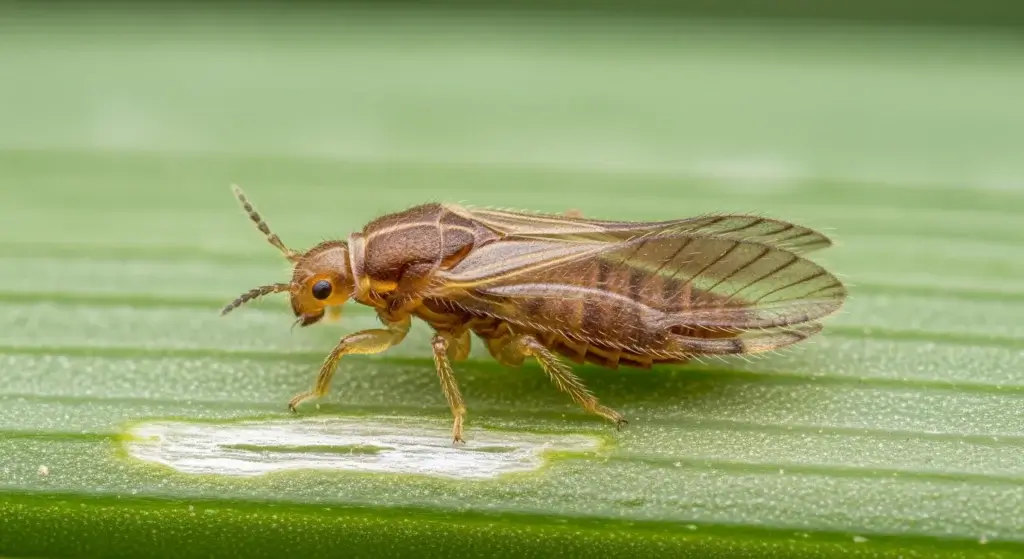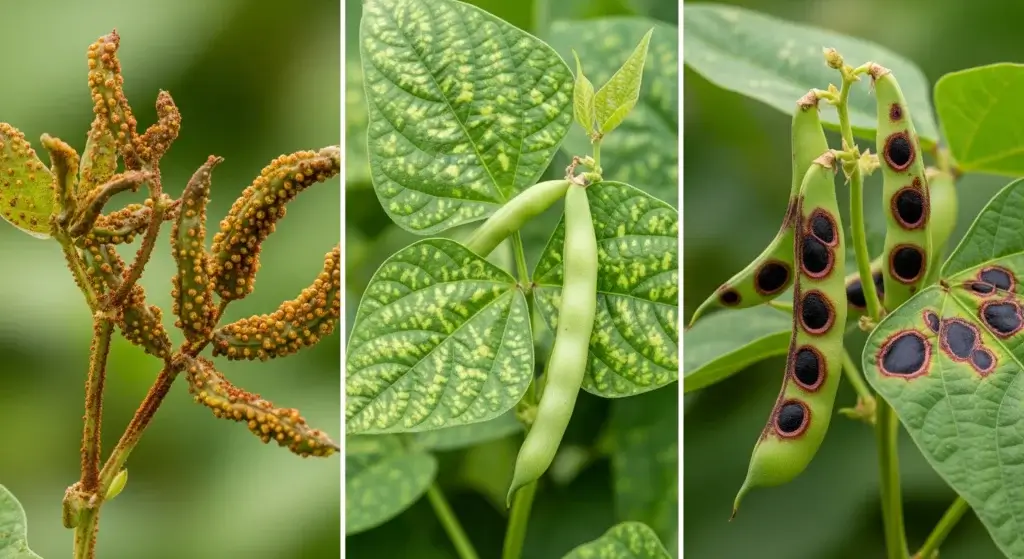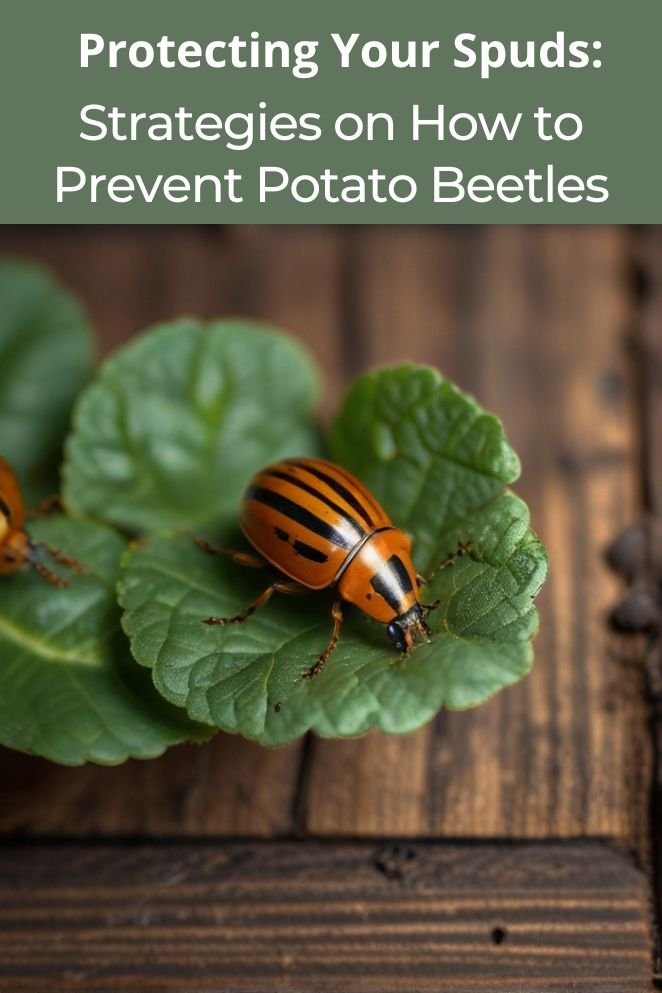
Potato beetles are a common pest that can cause significant damage to potato plants.
Understanding their life cycle and preferred habits can help you implement effective prevention strategies.
In this blog post, we’ll explore various methods to prevent potato beetles, from cultural practices to physical barriers and organic controls.
Understanding Potato Beetles
Potato beetles go through a life cycle that includes three stages: eggs, larvae, and adults.
These pests have a preference for laying their eggs on potato plants.
Once hatched, the larvae feed on the leaves of the potato plant.
This feeding activity can result in significant damage to the foliage, ultimately impacting the plant’s ability to produce tubers.
As adults, potato beetles continue to feed on the leaves, exacerbating the damage caused to the plant.
Therefore, it’s essential to identify and manage potato beetle infestations promptly to protect the health and yield of potato crops.
- Read also: Natural Caterpillar Repellent: Safeguard Your Garden
- Read also: Natural Pesticides for Vegetable Garden
How Potato Beetles Damage on Potato Plants
Potato beetles inflict damage on potato plants primarily by feeding on their leaves, resulting in a distinctive shot-hole appearance.
This feeding behavior not only diminishes the aesthetic appeal of the plants but also poses a threat to their overall health and productivity.
Severe infestations can lead to a significant reduction in yield and, in extreme cases, may even result in plant death.
The beetles voraciously consume foliage, depriving the plant of essential nutrients and impeding its ability to photosynthesize effectively.
Additionally, the larvae, characterized by their bright pink to red bodies and black heads, contribute to the damage by feeding on the potato foliage in clusters.
Consequently, it is crucial to promptly identify and address potato beetle infestations to mitigate the detrimental effects on potato crops.
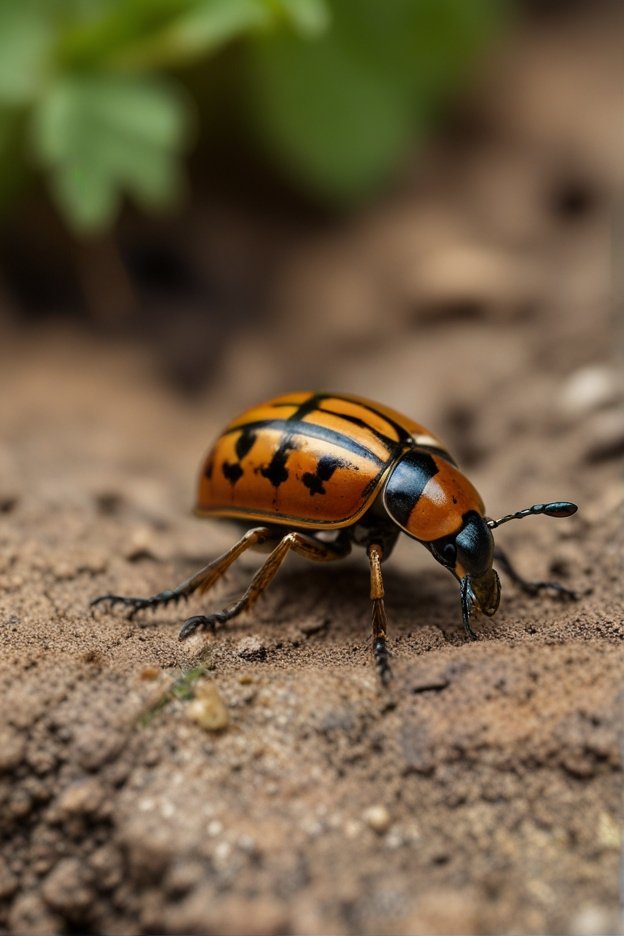
Prevention Strategies
Cultural methods
Crop rotation
Implementing crop rotation practices can disrupt the potato beetle’s lifecycle and effectively reduce their population.
By rotating crops, you remove the host plant (potatoes) from the area, making it more challenging for the beetles to find suitable breeding grounds.
This method helps break the cycle of infestation and prevents the buildup of beetle populations in specific areas over time.
Planting time
Timing your potato planting strategically can also aid in minimizing beetle infestations.
Potato beetles are most active during warm weather, so planting potatoes during cooler periods or early in the season when beetle activity is low can help avoid peak beetle activity.
By planting at the right time, you reduce the likelihood of encountering large numbers of beetles and mitigate potential damage to your potato crops.
Companion planting
Introducing companion plants like nasturtiums and marigolds to your garden can serve as a natural deterrent to potato beetles.
These companion plants emit odors or chemicals that repel beetles, reducing their presence and limiting damage to potato plants.
Incorporating companion plants into your garden not only provides effective pest control but also adds diversity and enhances the overall health of your garden ecosystem.
Hilling up
Hilling up or mounding soil around the base of potato plants can act as a physical barrier to deter egg-laying by potato beetles.
By creating raised mounds of soil around the plants, you make it more difficult for beetles to access the foliage and lay their eggs.
This simple technique can help protect young potato plants from beetle damage and reduce the likelihood of infestation.
Additionally, hilling up provides other benefits such as improved soil drainage and increased aeration around the plant roots.
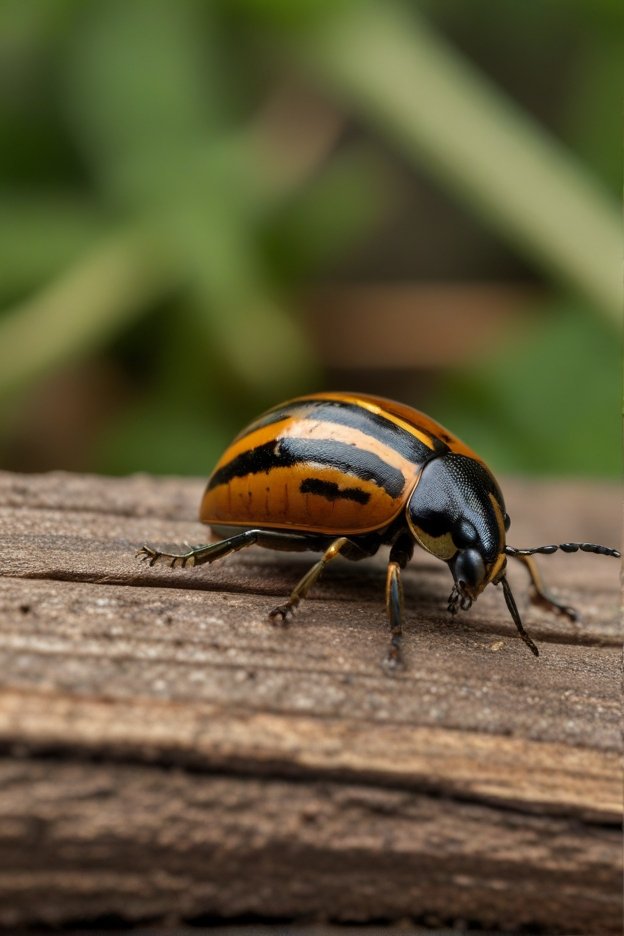
Physical barriers
Row covers
Employing row covers constructed from mesh materials serves as an effective physical barrier to prevent adult potato beetles from accessing potato plants.
By covering the plants with these mesh row covers, you create a barrier that blocks the beetles’ entry while still allowing sunlight, air, and water to reach the plants.
This method effectively excludes adult beetles from reaching the foliage, reducing their ability to lay eggs and causing damage.
Row covers are particularly useful during the early stages of plant growth when the vulnerability to beetle infestation is high.
Sticky traps
Another physical barrier method involves the use of sticky traps strategically placed around potato plants.
These traps, typically coated with a sticky adhesive, attract and capture adult beetles as they land on them.
By positioning sticky traps near potato plants, you intercept and trap adult beetles before they can reach the foliage and lay eggs.
Regular monitoring and replacement of sticky traps are essential to ensure continued effectiveness in capturing beetles and preventing infestations.
Organic controls
Beneficial insects
Introducing beneficial insects, such as ladybugs, into your garden can serve as a natural and effective method for controlling potato beetle infestations.
Ladybugs are voracious predators of potato beetle larvae, feeding on them and reducing their population.
By releasing ladybugs into your garden, you can harness the power of these beneficial insects to help keep potato beetle numbers in check.
This approach offers an environmentally friendly solution that avoids the use of chemical pesticides.
Insecticidal soap sprays
Insecticidal soap sprays provide another organic option for controlling adult potato beetles.
These soaps, derived from natural ingredients, effectively suffocate adult beetles upon contact, causing them to perish.
By spraying affected plants with insecticidal soap, you can target adult beetles while minimizing harm to beneficial insects and other non-target organisms.
Regular application of insecticidal soap sprays can help manage potato beetle populations and protect your potato crops from damage.
Neem oil spray
Neem oil, derived from the neem tree, serves as a versatile organic solution for controlling both adult potato beetles and their larvae.
Neem oil contains compounds that disrupt the life cycle of pests, inhibiting their feeding and reproductive capabilities.
By applying neem oil spray to potato plants, you can deter adult beetles from feeding and prevent larvae from developing, effectively reducing beetle populations over time.
Neem oil is safe to use and poses minimal risk to humans, pets, and beneficial insects, making it a preferred choice for organic pest control.

Monitoring and Follow-up
Regular inspection
It is essential to conduct routine inspections of your potato plants to detect any signs of potato beetle activity.
During these inspections, carefully examine the foliage for the presence of potato beetle eggs, larvae, and adult beetles.
By actively monitoring your plants, you can identify infestations early and take prompt action to prevent extensive damage.
Identification
Learn to recognize the different life stages of potato beetles, including their eggs, larvae, and adult forms.
Understanding the appearance of each stage will help you determine the most appropriate control method for your specific situation.
Take note of any signs of damage caused by potato beetles, such as defoliation or shot-hole appearance on the leaves.
Follow-up action
If potato beetles are detected during your inspection, it is crucial to follow up with appropriate control measures promptly.
Depending on the severity of the infestation, this may involve implementing cultural, physical, or organic control methods discussed earlier.
By taking swift action, you can prevent further damage to your potato plants and protect your crop yield.

- Read also: Protect Your Harvest! Identifying Specific Vegetable Pests
- Read also: The Hidden Threat: Unveiling the Caterpillar Damage to Plants
Conclusion
Preventing potato beetle infestations requires a multi-faceted approach that incorporates cultural practices, physical barriers, and organic controls.
By gaining insights into their life cycle and behavior patterns, you can deploy proactive prevention strategies to safeguard your potato plants.

